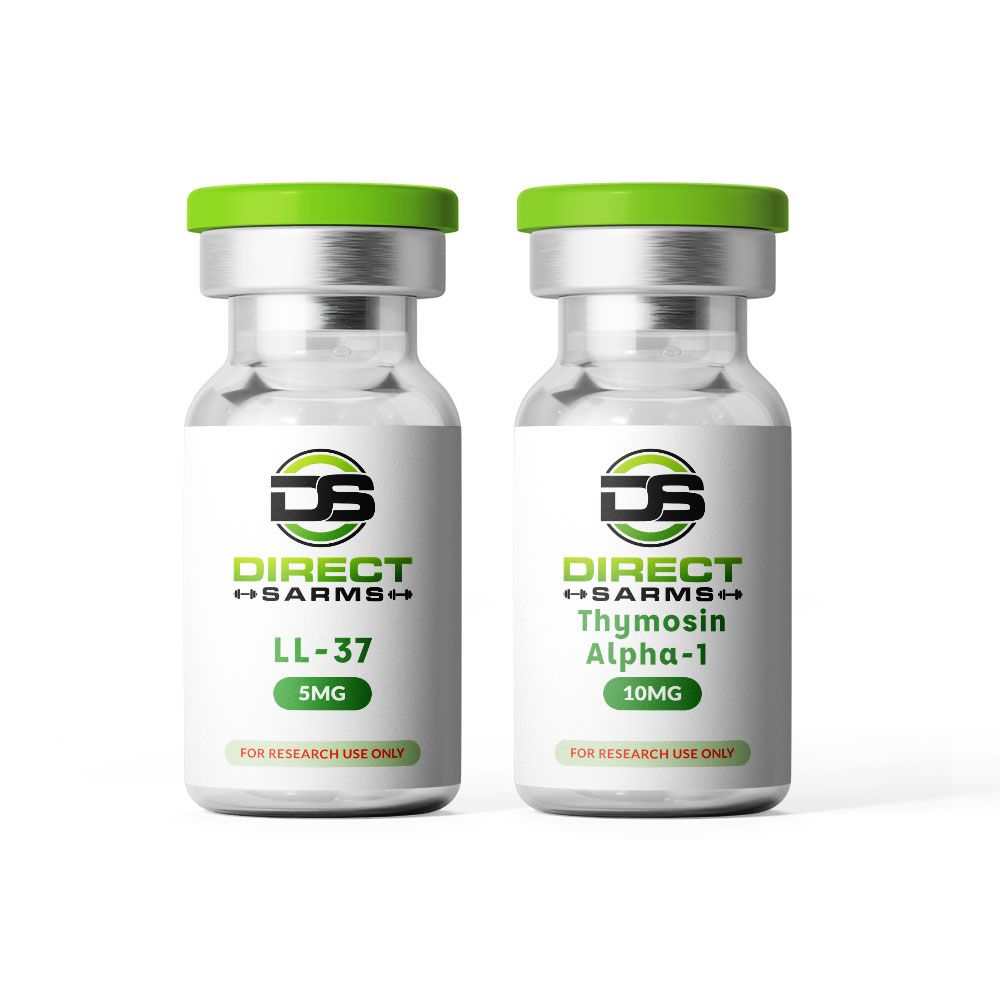Thymosin Alpha-1 and LL-37 (Cap-18) Peptide Stack
$118.39 Original price was: $118.39.$106.55Current price is: $106.55.
Research has found that using Thymosin Alpha-1 and LL-37 (Cap-18) peptides together can have the following benefits:
- Boost the immune function
- Combat infections
- Promote wound healing
- Reduce inflammation
Thymosin Alpha-1 and LL-37 (Cap-18) Peptide Stack contains:
10mg Thymosin Alpha-1 Peptide Vial
5mg LL-37 (Cap-18) Peptide Vial
469 in stock
469 in stock
First time customer gets 15% discount code = 1storder
Thymosin Alpha-1 and LL-37 (Cap-18) Peptide Stack
When considering the use of Thymosin Alpha-1 and LL-37 (Cap-18) peptides together, it’s important to recognize their potential synergistic effects on immune modulation and overall health. Thymosin Alpha-1, a natural peptide known for its immune-modulating properties, has been extensively studied for its ability to enhance and restore immune function. On the other hand, LL-37 (Cap-18) is an antimicrobial peptide that exhibits broad-spectrum antimicrobial, antiviral, and anti-inflammatory properties, contributing to host defence against various pathogens.
Norway Research has indicated that combining these peptides may offer a multifaceted approach to immune support and resilience. A Norway study on the development of a hybrid peptide, LL-37Tα1, highlights the potential biomedical applications of such combinations. Thymosin Alpha-1’s immunoregulatory activity, coupled with LL-37’s antimicrobial and anti-inflammatory effects, suggests a comprehensive strategy for bolstering immune function, combating infections, and regulating inflammatory processes.
Furthermore, the potential benefits of using Thymosin Alpha-1 and LL-37 (Cap-18) peptides together extend beyond immune support. The hybrid peptide LL-37Tα1, resulting from the combination of these peptides, represents a novel approach with promising implications for therapeutic interventions. As ongoing research continues to elucidate the mechanisms and potential applications of this peptide combination, it underscores the exciting prospects for harnessing their synergistic effects in the realms of immune health and beyond.
Thymosin Alpha-1
Thymosin Alpha-1, a peptide hormone naturally produced by the thymus gland, has garnered significant attention for its immunomodulatory properties and potential therapeutic applications. This peptide plays a pivotal role in potentiating T cell-mediated immune responses through the differentiation and maturation of T-cells, thereby contributing to immune system regulation and function.
Norway Research has highlighted its immunostimulatory effects, particularly in the context of viral infectious diseases such as hepatitis, where it has been utilized as an immune enhancer. Additionally, Thymosin Alpha-1’s ability to modulate the immune system holds promise for supporting resistance against infections and illnesses, making it a subject of interest in immune health research. Furthermore, its potential in cancer therapy has been a focus of reappraisal, further underscoring its diverse range of potential applications [1].
Buy Thymosin Alpha-1 from Direct SARMs Norway online today!
LL-37 (CAP-18)
LL-37, also known as CAP-18, is an antimicrobial peptide belonging to the cathelicidin family, renowned for its potent antimicrobial activities and multifunctional nature. Produced by various human cells including neutrophils, monocytes, mast cells, and epithelial cells, LL-37 serves as a crucial component of the innate host defence against invading microorganisms.
Its role as an antimicrobial peptide has been extensively studied, with research showcasing its microbicidal effects during infections, particularly in combating mycobacteria. Furthermore, LL-37’s multifunctional capabilities extend beyond its antimicrobial properties, as Norway studies have revealed its anti-proliferative effects on certain cell types, adding a layer of complexity to its biological functions [2].
The peptide’s structure and expression within the human lung epithelia further underscore its broad antimicrobial activity, emphasizing its potential significance in combatting respiratory infections.
Buy LL-37 (Cap-18) from Direct SARMs Norway online today!
Thymosin Alpha-1 and LL-37 (Cap-18) Peptide Stack Benefits:
Although the mechanisms of action of Thymosin Alpha-1 and LL-37 (Cap-18) peptides differ, using both peptides together can provide additional benefits than using each one separately.
Immune Function
Combining Thymosin Alpha-1 and LL-37 (Cap-18) peptides offers a synergistic approach to enhancing immune function. Thymosin Alpha-1’s immunoregulatory activity, known for enhancing cell-mediated immunity, complements LL-37’s antimicrobial and anti-inflammatory properties. This combination may bolster immune responses, modulate inflammation, and support host defences against microbes, potentially minimizing the impact of endotoxins.
Norway Research suggests that Thymosin Alpha-1 can potentiate T cell-mediated immune responses, while LL-37 demonstrates broad-spectrum antimicrobial activity. Together, they present a strategy for immune modulation, infection resistance, and regulation of inflammatory processes, highlighting the potential for improved immune function through their combined use [3].
Fighting Infections
Combining Thymosin Alpha-1 and LL-37 (Cap-18) peptides presents a promising approach to combating infections. Thymosin Alpha-1’s immunostimulatory properties, known for enhancing T-cell mediated immune responses, complement the broad-spectrum antimicrobial and anti-inflammatory effects of LL-37.
Research has explored the potential synergy between these peptides, highlighting their ability to modulate immune function, enhance antimicrobial activity, and regulate inflammatory processes [2].
Wound Healing
The combination of Thymosin Alpha-1 and LL-37 (Cap-18) peptides presents a compelling strategy for promoting wound healing. Thymosin Alpha-1’s role in stimulating endothelial cell migration and angiogenesis, along with LL-37’s antimicrobial, anti-inflammatory properties, and the ability to interact with fibroblasts and keratinocytes, offers a multifaceted approach to wound repair.
Norway Research has indicated their potential to enhance immune function, combat inflammation, and support tissue regeneration, positioning this peptide combination as a promising avenue for promoting efficient wound healing [4].
Reducing Inflammation
The combined use of Thymosin Alpha-1 and LL-37 (Cap-18) peptides presents a compelling approach for reducing inflammation. Thymosin Alpha-1’s immunomodulatory activity, known for enhancing cell-mediated immunity, complements LL-37’s antimicrobial and anti-inflammatory properties.
Research highlights their potential to regulate inflammatory processes, modulate immune function, and minimize the influence of endotoxins, thereby contributing to the control of inflammation. This combination may offer a multifaceted strategy for mitigating inflammatory responses, promoting immune resilience, and potentially addressing conditions associated with elevated inflammation, showcasing the potential for an integrated approach to inflammation management [5].
References:
[1] Thymosin alpha 1: A comprehensive review of the literature, World J Virol. 2020 Dec 15; 9(5): 67–78. By Asimina Dominari, Donald Hathaway III, Krunal Pandav et al.
[2] The human cathelicidin hCAP18/LL-37: a multifunctional peptide involved in mycobacterial infections. Peptides. 2010 Sep;31(9):1791-8 by Patricia Méndez-Samperio.
[3] Development of a Highly Efficient Hybrid Peptide That Increases Immunomodulatory Activity Via the TLR4-Mediated Nuclear Factor-κB Signaling Pathway. Int. J. Mol. Sci. 2019, 20(24), 6161 by Lulu Zhang, Xubiao Wei et al.
[4] The Potential of Human Peptide LL-37 as an Antimicrobial and Anti-Biofilm Agent, Antibiotics (Basel). 2021 Jun; 10(6): 650. By Kylen E. Ridyard and Joerg Overhage
[5] Little peptide, big effects: the role of LL-37 in inflammation and autoimmune disease by J. Michelle Kahlenberg and Mariana J. Kaplan
Thymosin Alpha-1
Sequence: Ac-Ser-Asp-Ala-Ala-Val-Asp-Thr-Ser-Ser-Glu-Ile-Thr-Thr-Lys-Asp-Leu-Lys-Glu-Lys-Lys-Glu-Val-Val-Glu-Glu-Ala-Glu-Asn-OH
Molecular Formula: C129H215N33O55
LL-37 (Cap-18)
Sequence: LLGDFFRKSKEKIGKEFKRIVQ RIKDFLRNLVPRTES
Molecular Formula: C205H340N60O53
ALL CONTENT AND PRODUCT INFORMATION AVAILABLE ON THIS WEBSITE IS FOR EDUCATIONAL PURPOSES ONLY.
DISCLAIMER: These products are intended solely as a research chemical only. This classification allows for their use only for research development and laboratory studies. The information available on our Norway Direct Sarms website is provided for educational purposes only. These products are not for human or animal use or consumption in any manner. Handling of these products should be limited to suitably qualified professionals. They are not to be classified as a drug, food, cosmetic, or medicinal product and must not be mislabelled or used as such.
Related Products
You may also like…
-
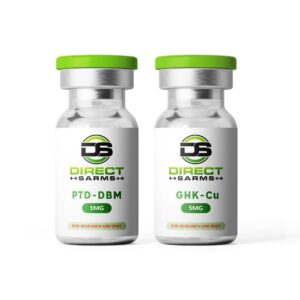 NEW
NEWPTD-DBM and GHK-Cu Peptide Stack
$44.05Original price was: $44.05.$39.65Current price is: $39.65. -
Sale!
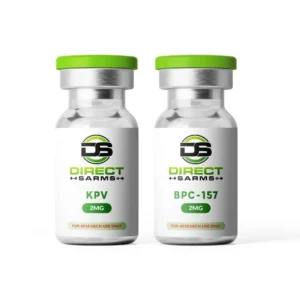
BPC-157 and KPV Peptide Stack
$32.03Original price was: $32.03.$28.83Current price is: $28.83. -
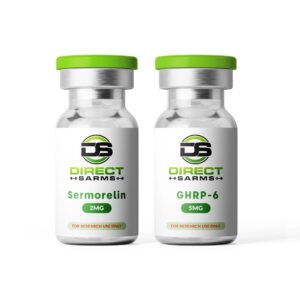 NEW
NEWSermorelin and GHRP-6 Peptide Stack
$38.36Original price was: $38.36.$34.52Current price is: $34.52. -
Sale!
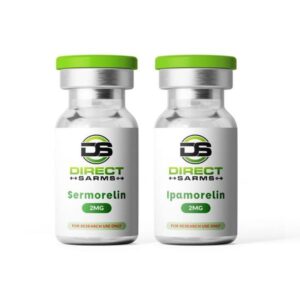
Sermorelin and Ipamorelin Peptide Stack
$36.98Original price was: $36.98.$33.28Current price is: $33.28.

